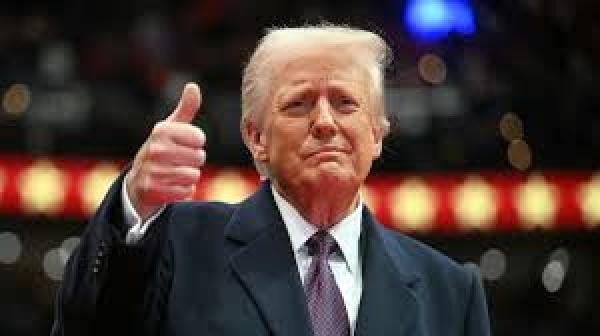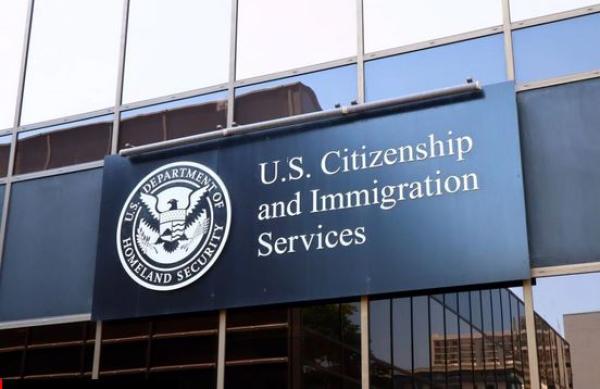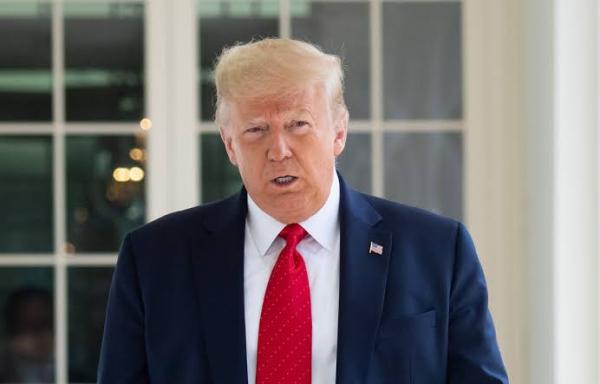
President Donald Trump on Friday, April 11, defended his escalating tariff policy amid growing tensions with China, asserting that the United States was “doing really well” even as Beijing announced a sharp increase in levies on American goods to 125 percent.
The move marks a deepening of the trade war between the world’s two largest economies, sending global financial markets into fresh turmoil.
Investors responded swiftly, dumping U.S. government bonds, triggering a drop in the dollar, and sending stock prices fluctuating. The latest upheaval follows Trump’s announcement last week of sweeping import taxes on multiple trade partners. Though the administration later reduced those tariffs to 10 percent for a 90-day period, the levies on Chinese goods were raised, prompting swift retaliation from Beijing.
“We are doing really well on our tariff policy,” Trump wrote on his Truth Social platform following China’s announcement. “Very exciting for America, and the World!!! It is moving along quickly.” The White House later stated that Trump remained optimistic about reaching a trade deal with China, and noted that 15 other countries had offers “on the table” during the tariff pause. Press Secretary Karoline Leavitt emphasized, however, that “the president made it very clear, when the United States is punched he will punch back harder.”
China and the U.S. have traded increasingly punitive tariffs over the past week. Chinese President Xi Jinping addressed the tensions for the first time on Friday, April 12, stating that China was “not afraid,” and urging the European Union to “jointly resist unilateral bullying practices.” His comments came during talks with Spanish Prime Minister Pedro Sanchez.
Following Xi’s remarks, China’s Commerce Ministry declared that the new 125 percent tariffs on U.S. goods would take effect Saturday, April 12. The U.S. had earlier raised tariffs on Chinese imports to 145 percent. A spokesperson for China’s Commerce Ministry blamed the U.S. entirely for the current impasse and dismissed Trump’s approach as a “numbers game” that “will become a joke.” However, China’s finance ministry added that tariffs would not rise further, effectively acknowledging that the current level had rendered most imports impractical.
Despite the harsh rhetoric, Trump told reporters that he remained hopeful for a deal with Xi. “He’s been a friend of mine for a long period of time. I think that we’ll end up working out something that’s very good for both countries,” he said. U.S. officials, however, have indicated that they expect Xi to make the next move toward reconciliation.
As the economic standoff continues, pressure is mounting on the Trump administration. Bond yields rose again Friday, April 11, reflecting investor fears and a weakening demand for what are typically considered safe-haven assets. The White House said there was no evidence to suggest that China was selling off its large holdings of U.S. Treasury securities, a move that would raise borrowing costs for the U.S. government.
The Federal Reserve also weighed in, warning that Trump’s tariff strategy could lead to higher inflation and slower economic growth. Economists have cautioned that prolonged disruption in U.S.-China trade could result in higher prices for consumers and increase the risk of a global recession.
Analyst Ipek Ozkardeskaya of Swissquote Bank told AFP that the current tariff levels were “so high that they don’t make sense anymore,” but added that China appeared willing to go “as far as needed.” While the international community remains cautious, European Union leaders are preparing for upcoming talks with China, including a July summit to mark 50 years of EU-China relations. EU trade chief Maros Sefcovic is also scheduled to meet U.S. officials in Washington on Monday.
European Commission President Ursula von der Leyen told the Financial Times that the bloc is equipped with a “wide range of countermeasures,” including possible tariffs targeting digital services that could affect major U.S. tech firms.






















